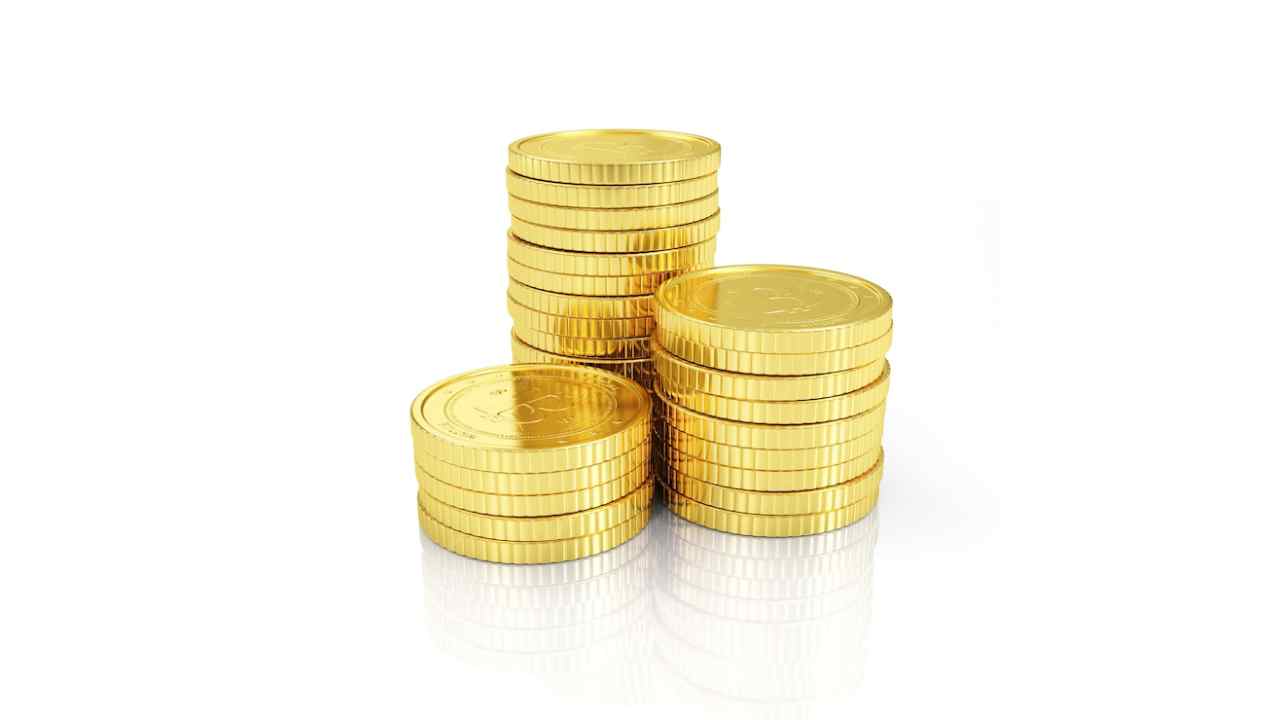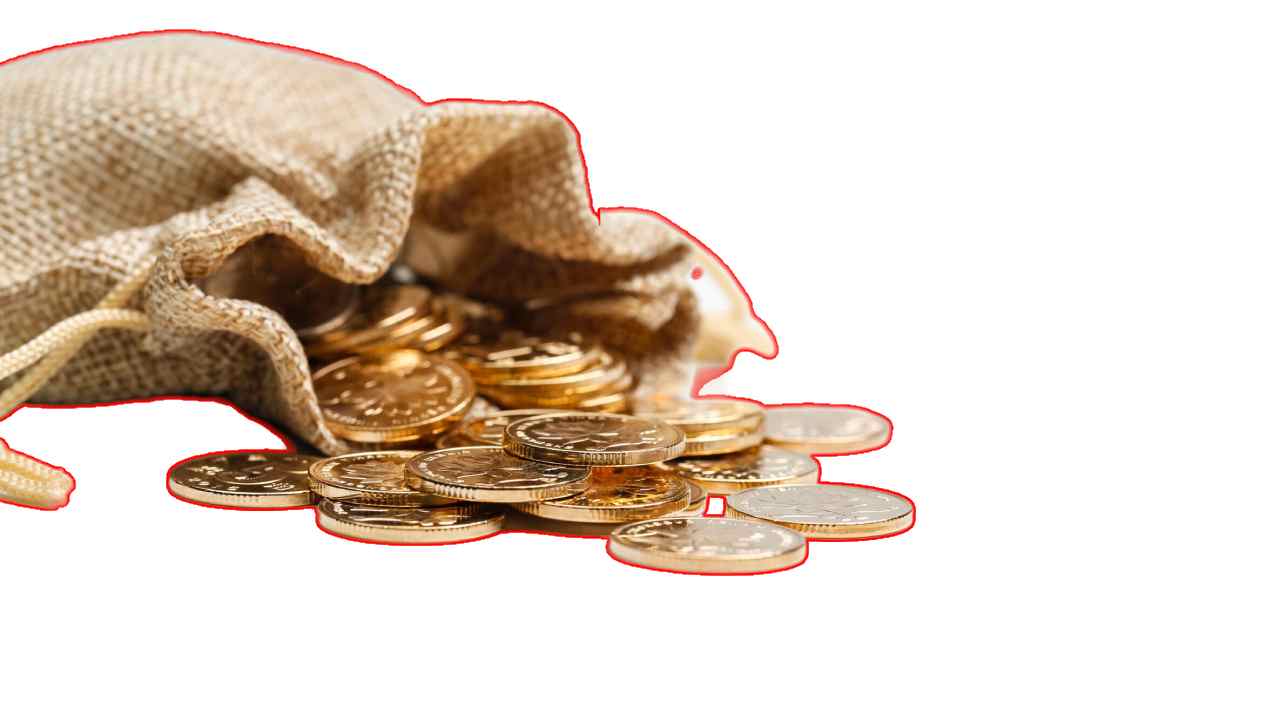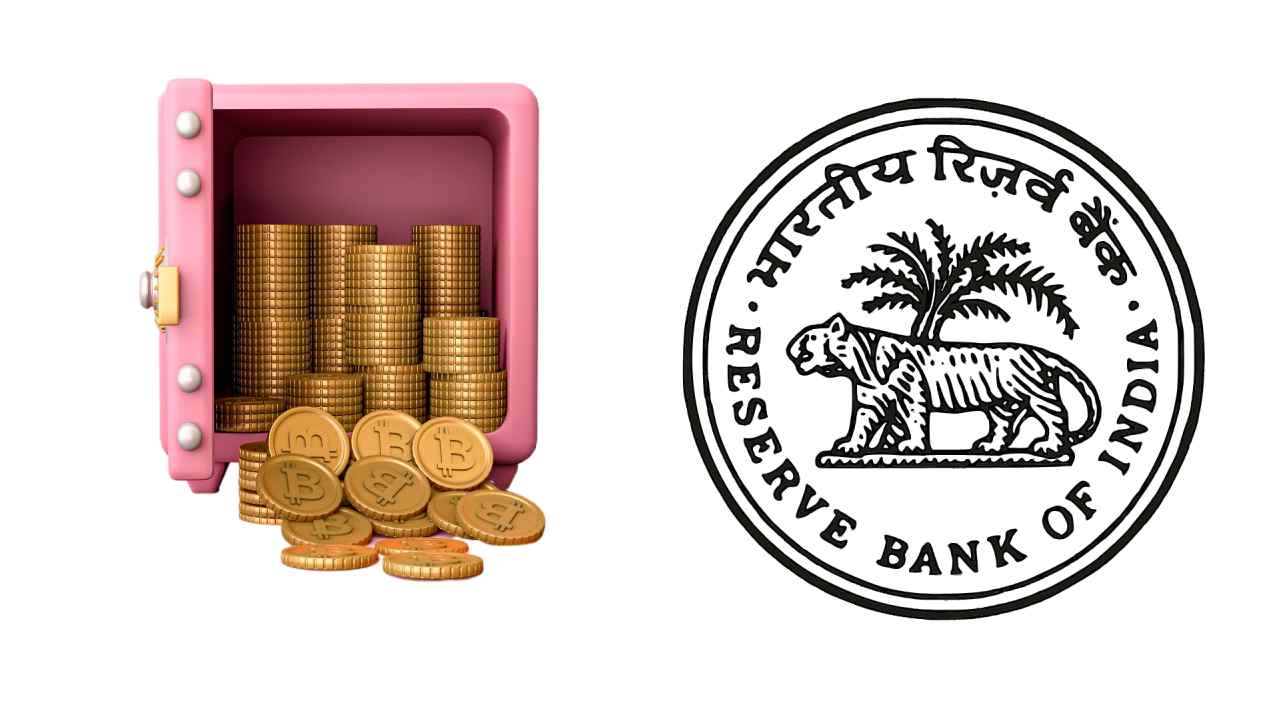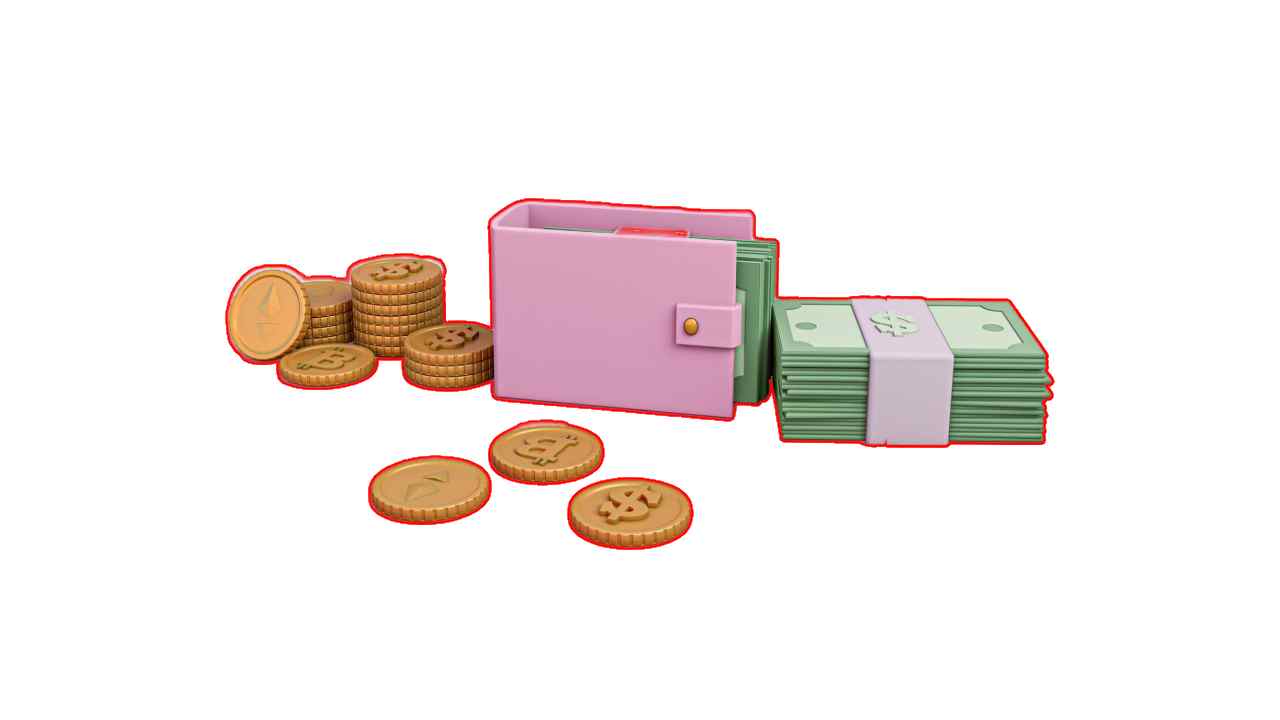More than 100 tonnes of gold has been brought to the country from Britain through the Reserve Bank of India. This is being considered one of the biggest successes for India. Its effect will also be seen on the country’s economy. The situation is changing in India now, there was a time when there were reports of the country’s gold being kept in foreign countries, but now the Reserve Bank of India (RBI) has brought back more than 100 tonnes of gold from Britain and transferred it to its reserves.
While no one was watching, RBI has shifted 100 tonnes of its gold reserves back to India from UK. Most countries keep their gold in the vaults of the Bank of England or some such location (and pay a fee for the privilege). India will now hold most of its gold in its own vaults.…
— Sanjeev Sanyal (@sanjeevsanyal) May 31, 2024
According to the report, the same amount of yellow metal can be brought to the country again in the coming month. This gold, which was mortgaged in the year 1991, has been included in the stock of RBI for the first time. More than half of RBI’s gold reserves are safely kept abroad with the Bank of England and the Bank of International Settlements. About one-third of it is kept domestically. Bringing gold from Britain to India will also help the Reserve Bank of India save storage costs (RBI Gold Stock Cost), which is paid to the Bank of India.
For those of my generation, the shipping out of gold in 1990-91 was moment of failure that we will never forget. This is why this shipping back of gold has a special meaning pic.twitter.com/ufMCjHFSMH
— Sanjeev Sanyal (@sanjeevsanyal) May 31, 2024
Gold was mortgaged in 1991
- According to the annual data released by the RBI, as of March 31, 2024, the central government had 822.10 tonnes of gold as part of its foreign exchange reserves,
- which was more than 794.63 tonnes during the same period last year.
- In 1991, the Chandrashekhar government mortgaged gold to deal with the balance of payments crisis.
- Between 4 and 18 July 1991, the RBI mortgaged 46.91 tonnes of gold with the Bank of England and the Bank of Japan to raise $ 400 million.
Why is RBI bringing gold from abroad?

The RBI is gradually reducing the amount of gold deposited abroad and bringing it to India. India is bringing back its gold so that the country’s economy can be strengthened. India needs more gold to strengthen its economy. India wants the gold reserves in the country to increase and its gold to be used for its benefit. In 2023, RBI brought back 100 tonnes of gold to India.
India bought a lot of gold!

The central bank bought 200 tonnes of gold from the International Monetary Fund (IMF) about 15 years ago. In 2009, during the tenure of the UPA government when Manmohan Singh was the Prime Minister, India bought 200 tonnes of gold worth $ 6.7 billion to diversify its assets. Not only this, in the last few years, the stock of gold purchased by the Reserve Bank has increased continuously.
Why does RBI keep gold abroad?

- The Reserve Bank of India (RBI) keeps gold abroad not only in India but also abroad. RBI keeps gold abroad for many reasons like security, trade etc.
- The Bank of England in Britain has traditionally been the storehouse of gold for many central banks. Some amount of gold is already deposited in London since before India’s independence because before independence, Britain used to keep India’s gold in the Bank of England. Therefore, even after independence, India has kept some gold in London.
When did India mortgage gold?

In the year 1991, the country did not have foreign currency left for import. Then India took a loan of 2.2 billion dollars by mortgaging its 67 tonnes of gold. Former Governor C Rangarajan has told in his book that the government had decided to mortgage the gold, a charter plane was standing at Mumbai airport. This gold was kept in this plane, the plane went to England with the gold. Then India got the loan. After that, India got the mortgaged gold released, after which the country’s foreign exchange reserves also gradually increased.
Why was 46 tons of gold mortgaged to England?
When the oil prices skyrocketed in August 1990, a serious economic crisis arose in the country and a situation of payment imbalance arose. Such a situation arose that India came close to default. Then RBI became the savior. RBI (Reserve Bank of India) immediately transferred more than 46 tons of gold from its gold reserve to the Bank of England, so that it could borrow foreign currency. At that time, the rupee had to be devalued twice within three days. Once by 9% and the second time by 10%. Only then the situation could be controlled.
Benefits of keeping gold abroad
- Central banks want to store gold in many places so that the risk can be reduced. First of all, security is kept in mind. Even if the political and economic situation worsens during a disaster in India, the gold kept abroad will remain safe. In such a situation, it is necessary to keep the gold in a safe place. Therefore, keeping reserves abroad helps RBI to avoid political risk.
- At the same time, natural disasters, such as earthquakes or floods, can damage gold reserves. Keeping gold abroad ensures that the country will have some gold safe even in the event of disasters.
- Apart from this, keeping gold abroad makes it easier to trade with other countries. Increasing gold reserves helps in international trade. Gold can be used to take loans from other countries or to pay for imports. At the same time, gold can get more interest abroad, which benefits India.
How does RBI earn?

If the Reserve Bank does not deal directly with the public, then how does it earn? RBI has mainly three sources of income. First – it earns interest through government bonds. Also, income is generated through investment in foreign currency. The central bank also earns from the money that the government takes from RBI to invest in the market. Second- RBI earns interest on the surplus amount i.e. dividend that remains after giving it to the government. Third is revaluation of foreign assets i.e. revaluation of foreign assets and gold.
How much money does RBI have?
So how much money does the Reserve Bank have. According to statista, the net income of the Reserve Bank of India (RBI) in the financial year 2023 was around 874 billion. Talking in rupees, this amount is 874,200,000,000 trillion. It has increased by about two and a half times compared to 2022.
How much gold does the Reserve Bank have?

The central bank had said in its half-yearly report on the management of foreign exchange reserves that it had 794.64 metric tonnes (about 794640 kg) of gold by the end of March 2023, which also includes 56.32 metric tonnes of gold deposits.
What is the salary of the RBI governor?
The current Governor of the Reserve Bank of India (RBI) is Shaktikanta Das. He gets salary and facilities equal to the Cabinet Secretary of the Central Government. Former RBI Governor Raghuram Rajan had mentioned the salary and facilities given to the Governor in an interview. He had told that the RBI Governor gets a salary of about Rs 4 lakh every month. Apart from this, he also gets a luxurious bungalow in the posh Malabar Hills area of Mumbai.
Also Read – India Heatwave Alert: IMD Predicts Severe Heat in Delhi, Punjab, Haryana, and More


